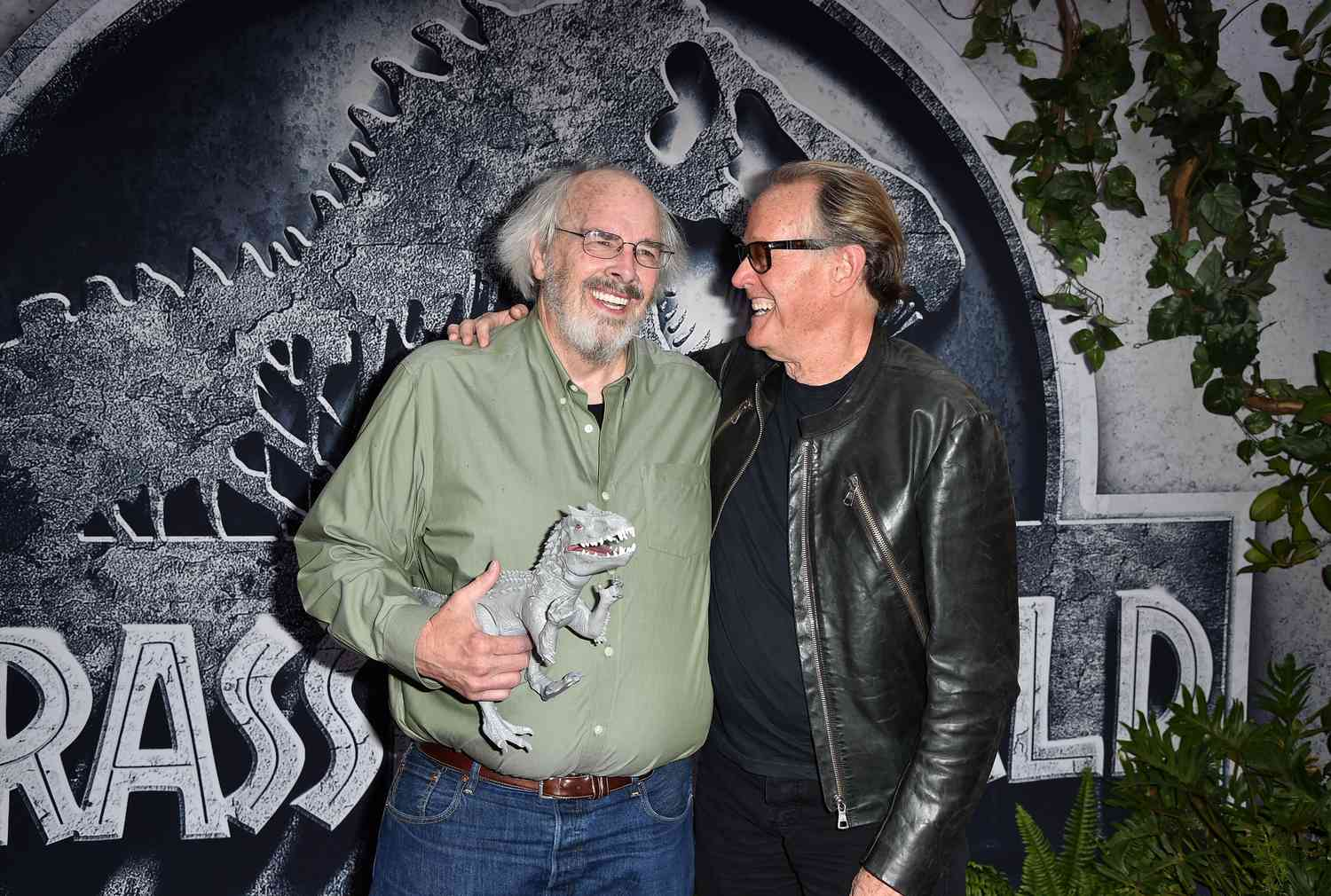Paleontology is the study of the history of life on Earth through the examination of fossils. It is a fascinating field that has captured the imagination of people for centuries, and has led to some of the most groundbreaking discoveries in the history of science. From the first dinosaur bones to the earliest human ancestors, paleontologists have helped us to understand the incredible diversity and complexity of life on our planet.
Over the years, there have been many influential paleontologists who have made significant contributions to the field. These individuals have dedicated their lives to uncovering the secrets of the past, and have forever changed the way we think about the history of life on Earth. In this article, we will explore the top 12 most influential paleontologists in history, and examine their groundbreaking discoveries and lasting impact on the field.
Mary Anning

Born in 1799 in Lyme Regis, England, Mary Anning was a pioneering paleontologist who made some of the most significant discoveries of the early 19th century. Despite facing significant obstacles as a woman in a male-dominated field, Anning became known as the “Princess of Paleontology” for her remarkable finds, which included the first complete skeleton of an ichthyosaur and the first two plesiosaur skeletons ever found.
Anning’s discoveries helped to establish the field of paleontology and shed new light on the diversity of prehistoric life. She also played a key role in the development of the concept of extinction, which was a revolutionary idea at the time. Despite her groundbreaking work, Anning struggled financially throughout her life and died in relative obscurity in 1847. However, her legacy lives on, and she is now recognized as one of the most important figures in the history of paleontology.
Edward Drinker Cope

Edward Drinker Cope was an American paleontologist who lived from 1840 to 1897. He is best known for his rivalry with fellow paleontologist Othniel Charles Marsh, which became known as the “Bone Wars.” During this time, Cope and Marsh engaged in a fierce competition to discover and name new species of dinosaurs, often resorting to underhanded tactics to gain an advantage.
Despite the controversy surrounding the Bone Wars, Cope made many important contributions to the field of paleontology. He named and described many new species of dinosaurs, including the Camarasaurus and the Coelophysis. He also proposed the concept of Cope’s Rule, which states that species tend to increase in size over time. Cope’s work helped to establish the United States as a major center of paleontological research, and his legacy continues to inspire new generations of scientists.
Othniel Charles Marsh

Othniel Charles Marsh was an American paleontologist who lived from 1831 to 1899. He is best known for his rivalry with Edward Drinker Cope during the Bone Wars, as well as his many important discoveries in the field of paleontology. Marsh named and described many new species of dinosaurs, including the Allosaurus, the Stegosaurus, and the Triceratops.
In addition to his work on dinosaurs, Marsh also made significant contributions to the study of extinct mammals. He discovered and named many new species of prehistoric horses, helping to establish the evolutionary history of this important group of animals. Marsh’s work helped to establish Yale University as a major center of paleontological research, and his legacy continues to inspire new generations of scientists.
Charles Doolittle Walcott
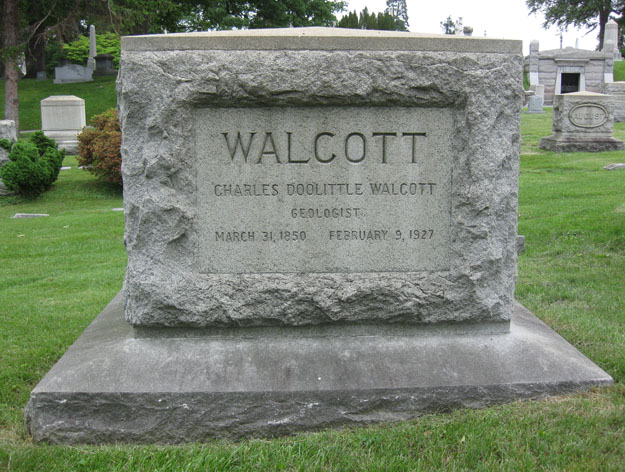
Charles Doolittle Walcott was an American paleontologist who lived from 1850 to 1927. He is best known for his discovery of the Burgess Shale, a fossil-rich deposit in the Canadian Rockies that contains some of the earliest known examples of complex animal life. The Burgess Shale is one of the most important fossil deposits in the world, and has provided invaluable insights into the diversity and complexity of life during the Cambrian period, over 500 million years ago.
Walcott’s work on the Burgess Shale revolutionized our understanding of the early history of animal life on Earth. He also made important contributions to the study of Precambrian and Cambrian geology, and served as the director of the United States Geological Survey from 1894 to 1907. Walcott’s legacy continues to inspire new generations of paleontologists, and the Burgess Shale remains one of the most important and fascinating fossil deposits in the world.
Roy Chapman Andrews

Roy Chapman Andrews was an American explorer and paleontologist who lived from 1884 to 1960. He is best known for his expeditions to Mongolia in the 1920s, which led to the discovery of some of the most important dinosaur fossils ever found, including the first eggs of Oviraptor and the first skeleton of Velociraptor.
Andrews’ expeditions were groundbreaking in many ways. He was one of the first paleontologists to use automobiles and other modern technology in his fieldwork, and his team made many important discoveries in remote and inhospitable regions of the world. Andrews’ work helped to shed new light on the diversity and ecology of dinosaurs in Asia, and his adventures captured the public imagination and inspired a new generation of scientists and explorers.
Barnum Brown

Barnum Brown was an American paleontologist who lived from 1873 to 1963. He is best known for his discovery of the first Tyrannosaurus rex skeleton in 1902, which helped to establish this iconic dinosaur as one of the most famous and recognizable extinct animals in the world.
Brown’s career spanned more than 50 years, and he made many important discoveries in the field of paleontology. He named and described many new species of dinosaurs, including the Ankylosaurus and the Corythosaurus. Brown’s work helped to shed new light on the diversity and evolution of dinosaurs in North America, and his legacy continues to inspire new generations of paleontologists.
Luis Alvarez
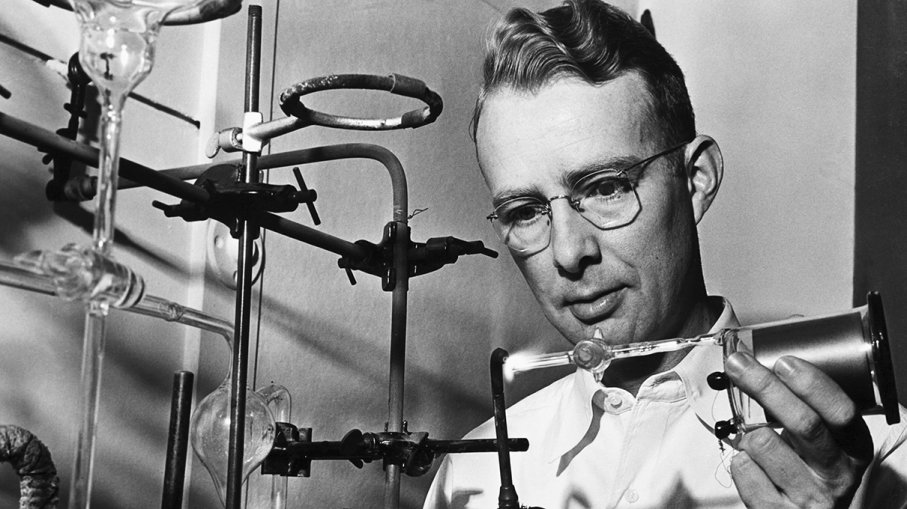
Luis Alvarez was an American physicist and Nobel laureate who made important contributions to the field of paleontology in the later years of his career. In the 1980s, Alvarez and his son Walter proposed the theory that the extinction of the dinosaurs and many other species at the end of the Cretaceous period was caused by a massive asteroid impact.
The Alvarez hypothesis was initially met with skepticism from the scientific community, but subsequent research has provided strong evidence in support of their theory. The discovery of the Chicxulub crater in Mexico, which is believed to be the site of the impact, has helped to confirm the Alvarez hypothesis and shed new light on the causes of mass extinctions in Earth’s history.
Stephen Jay Gould
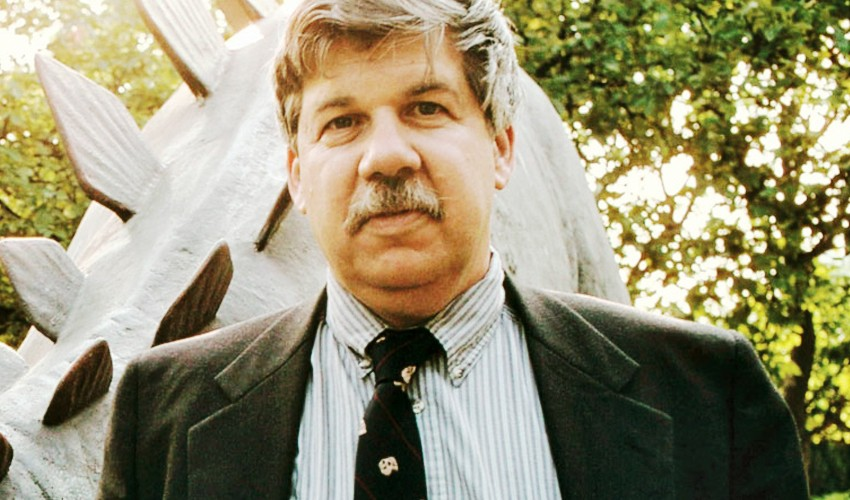
Stephen Jay Gould was an American paleontologist and evolutionary biologist who lived from 1941 to 2002. He is best known for his contributions to the study of punctuated equilibrium, a theory that proposes that evolution occurs in rapid bursts of change followed by long periods of stasis.
Gould was a prolific writer and popularizer of science, and his books and essays helped to bring the ideas of evolutionary biology to a wide audience. He was also a passionate advocate for social justice and equality, and used his platform to speak out against racism, sexism, and other forms of discrimination in science and society.
Jack Horner
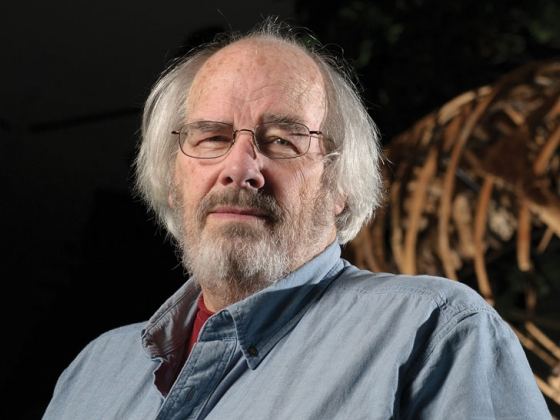
Jack Horner is an American paleontologist who is best known for his work on the behavior and ecology of dinosaurs. He has made many important discoveries over the course of his career, including the first evidence of parental care in dinosaurs and the identification of several new species of dinosaurs.
Horner is also known for his work as a technical advisor on the Jurassic Park movies, which helped to bring the science of paleontology to a wider audience. He has been a tireless advocate for science education and outreach, and has inspired countless young people to pursue careers in paleontology and other scientific fields.
Paul Sereno

Paul Sereno is an American paleontologist who is best known for his work on the evolution and ecology of dinosaurs and other extinct animals. He has led many important expeditions to remote regions of the world, including Africa and South America, and has discovered many new species of dinosaurs and other prehistoric animals.
Sereno is also known for his work on the evolution of birds, and has helped to shed new light on the relationship between dinosaurs and modern birds. He is a passionate advocate for science education and outreach, and has worked to make the science of paleontology accessible and engaging to people of all ages.
Philip Currie

Philip Currie is a Canadian paleontologist who is best known for his work on the behavior and ecology of dinosaurs. He has made many important discoveries over the course of his career, including the identification of several new species of dinosaurs and the first evidence of pack hunting behavior in tyrannosaurs.
Currie is also known for his work on the evolution of feathers and the origin of birds, and has helped to shed new light on the relationship between dinosaurs and modern birds. He is a passionate advocate for science education and outreach, and has worked to inspire new generations of paleontologists and scientists.
Neil Shubin

Neil Shubin is an American paleontologist and evolutionary biologist who is best known for his discovery of Tiktaalik, a 375 million-year-old fossil fish that provides important insights into the transition of vertebrates from water to land. Shubin’s work has helped to shed new light on the evolutionary history of tetrapods, the group of animals that includes amphibians, reptiles, birds, and mammals.
Shubin is also known for his work as a science communicator and popularizer of science. His book “Your Inner Fish” explores the evolutionary history of the human body and has helped to bring the ideas of paleontology and evolutionary biology to a wider audience. Shubin is a passionate advocate for science education and outreach, and has worked to inspire new generations of scientists and thinkers.
Conclusion
The field of paleontology has been shaped by many influential scientists over the course of its history. From Mary Anning’s groundbreaking discoveries in the early 19th century to Neil Shubin’s work on the evolutionary history of tetrapods, these scientists have helped to shed new light on the incredible diversity and complexity of life on Earth.
The work of these paleontologists has not only advanced our understanding of the natural world, but has also captured the public imagination and inspired countless people to pursue careers in science. Their legacy continues to shape the field of paleontology and will undoubtedly continue to do so for generations to come.
As we look to the future of paleontology, it is clear that there is still much to be discovered about the history of life on Earth. With new technologies and techniques emerging all the time, paleontologists are poised to make even more groundbreaking discoveries in the years ahead. By building on the work of these influential scientists and continuing to push the boundaries of what is possible, we can continue to unravel the mysteries of the past and gain a deeper understanding of the incredible story of life on our planet.

